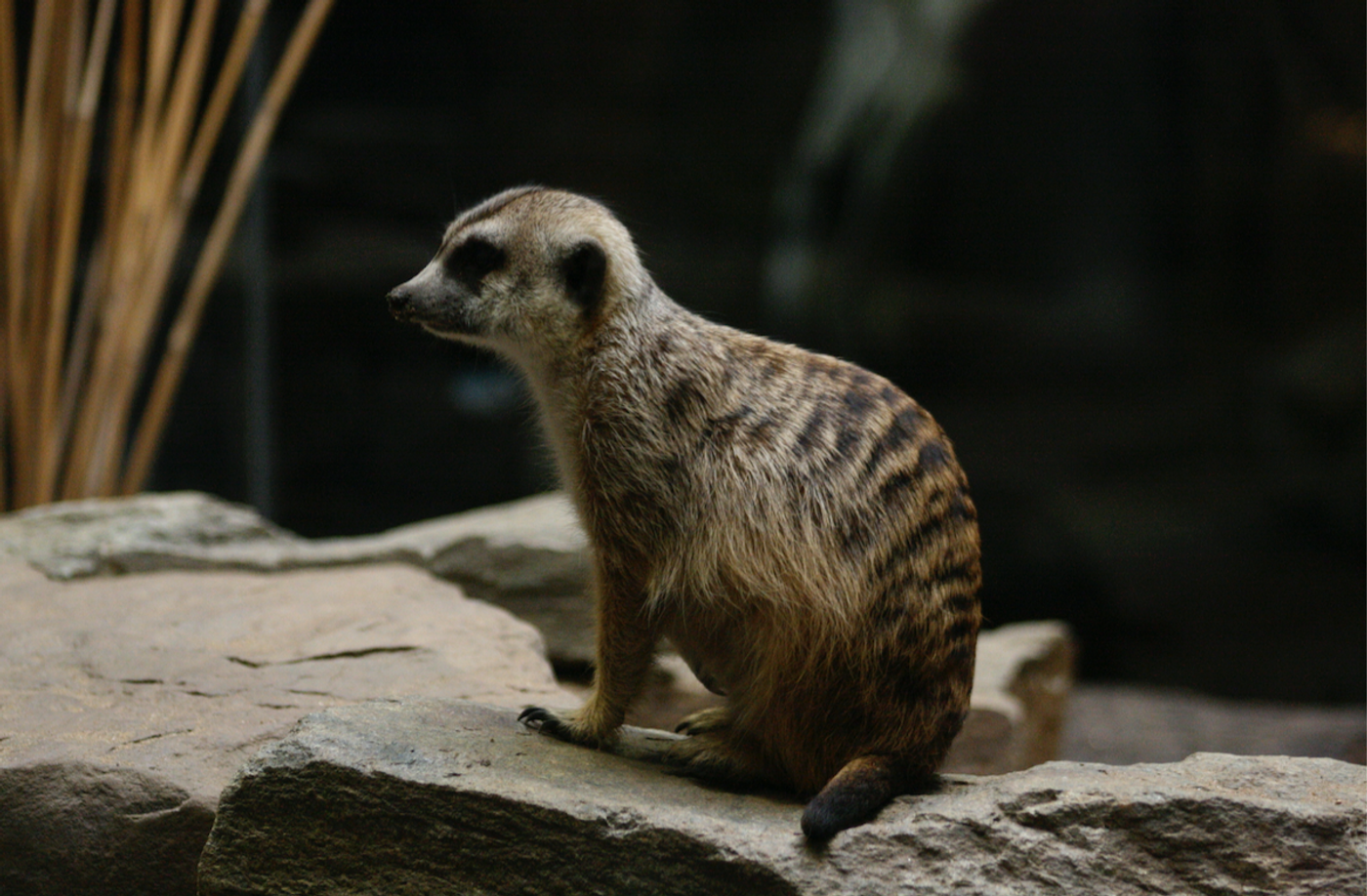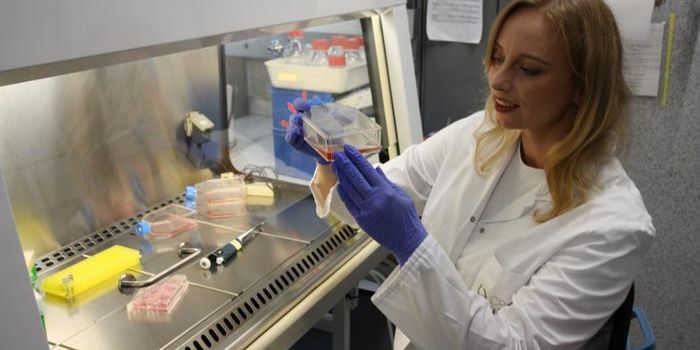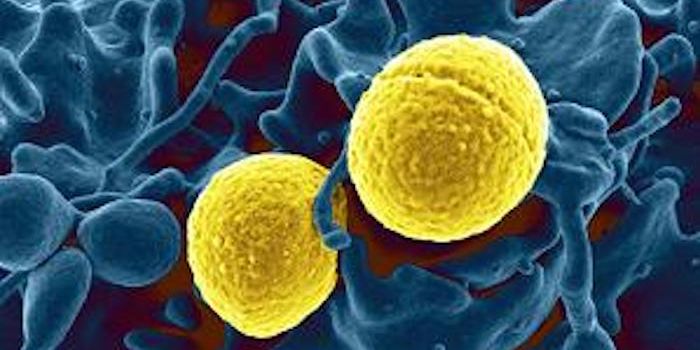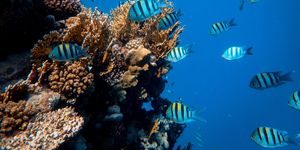The Air From a Zoo Can Reveal the Animals Living There
There's lots of stuff we can't see in the air, and it seems that includes DNA. Two new studies in Current Biology have reported that with only samples of air, the animals living in a zoo can be identified. This proof-of-principle research shows that there are non-invasive ways to monitor biodiversity. Scientists doing that kind of work in the field have to rely on tracks or feces left by animals, or observations made directly or with cameras. Now, it may be possible to learn more about our environment even when the wild animals researchers might be interested in are difficult to monitor.
It had been thought that any DNA that might be floating around in the air, sometimes called eDNA for environmental DNA, would be too dilute to analyze, but the researchers were able to obtain reliable results from "different samplers, genes, locations, and experimental approaches. All of it worked and surprisingly well," said one of the research leaders, Elizabeth Clare, who is now an Assistant Professor at York University.
In the research Clare conducted with colleagues, filters were attached to vacuum pumps that collected over 70 air samples from various places in a zoo, including places where animals slept, and also the general area. This team identified 25 species of mammals and birds from DNA captured on the filters.
Researchers led by Associate Professor Kristine Bohmann of the University of Copenhagen took air samples from three locations in a zoo, including outdoors in between enclosures, with three different devices. One device was made from a commercial wet-vacuum, while the others were fans with filters attached. This group detected 49 species of non-human vertebrates, including a guppy that lived in a pond, as well as local animals and pests.
Both groups took extensive precautions to limit contamination in their samples after collection. The DNA that was obtained might have come from a variety of places, including animal fur, feces, or saliva, and the researchers did not identify specific sources. Very little DNA was obtained; it couldn't be measured directly woth devices that analyze DNA concentration in solution, but when the samples were applied to sensitive assays, the researchers found that they had gathered enough genetic material to draw conclusions.
"It could be anything that can become airborne and is small enough to continue floating in the air. After air filtration, we extracted the DNA from the filter and used PCR amplification to make a lot of copies of the animal DNA. After DNA sequencing, we processed the millions of sequences and ultimately compared them to a DNA reference database to identify the animal species," Lynggaard explained.
These two teams came to their conclusions separately, and then decided to publish jointly after seeing one another's publications in pre-print.
"We decided we would rather take a bit of a gamble and say we're not willing to compete on this," says Clare. "In fact, it's such a crazy idea, we're better off having independent confirmations that this works. Both teams are very eager to see this technique develop."
Sources: Cell Press, York University, Lynggaard et al Current Biology 2022, Clare et al Current Biology 2022









